
|
|
|
|
|
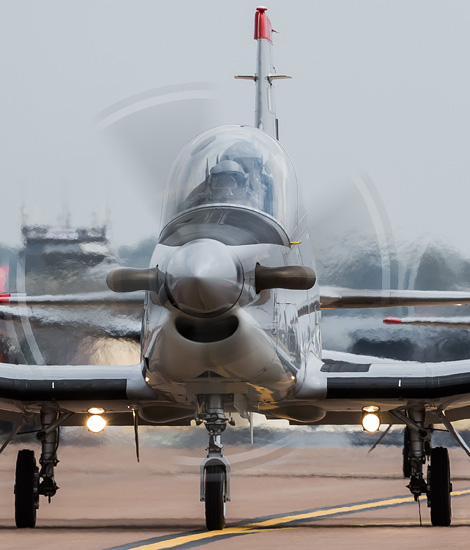
|
Founding the RAF in 1918; RAF Fairford, July 15 & 16, 2018
RAF 100th Anniversary, part 1; Text and Photograph's by Alex van Noye
The Royal Air Force (RAF) are the air forces of the United Kingdom. This military branch was founded at the end of the First World War on April 1, 1918. This makes the RAF the oldest independent air force in the world. This year, during the RIAT at RAF Fairford, the 100th anniversary of the Royal Air Force was be celebrated.
Although the British were not the first to use military aircraft heavier than air, the RAF is still the oldest independent air force in the world. The RAF was the first air force in the world to become independent from the army or navy control. The RAF was established through the merger of the Royal Flying Corps and the Royal Naval Air Service on April 1, 1918. The early RAF was controlled by the British Ministry of Air Force that had been established three months earlier. The Royal Flying Corps was created from the Air Battalion of the Royal Engineers and was under the control of the British Army. The Royal Naval Air Service was the naval equivalent and was controlled by the British Admiralty. The decision to merge the two services as an independent air force was a reaction to the events during the First World War. The First World War was the first war in which airplanes had a big influence. The establishment of the new air force was based on the Smuts Report prepared by field marshal Jan Smuts for the imperialist war cabinet where he served. To emphasize the merger of both military aviation and navy aviation in the new service, many of the titles of officers were deliberately chosen to be of a naval character. Some examples of these names are; Flight Lieutenant, Wing Commander (later known as Flight Leader), Group Captain and Air Commodore (later known as Squadron Commander). All this was done to get the Admiralty in during this reorganization. The British Admiralty was the most powerful part of the armed forces in Great Britain at the time the RAF was founded.
The newly established RAF was the most powerful air force in the world at the end of the First World War. The air force had more than 20,000 aircraft and more than 300,000 employees (including the Royal Air Force of the women). The squadrons of the Royal Flying Corps (RFC) retained their numbering while those of the Royal Navy Air Service (RNAS) were renumbered from 201 onwards. At the time of the merger, the RNAS had more than 5566 officers and men and had 2949 airplanes, 103 airships and
|
|
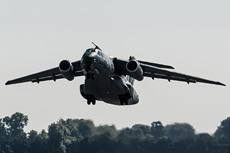
|
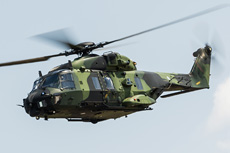
|
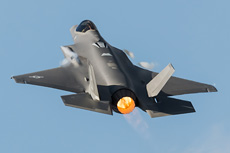
|
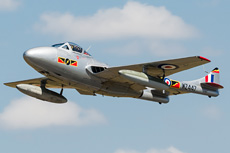
|
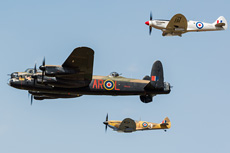
|
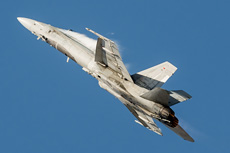
|
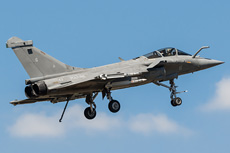
|
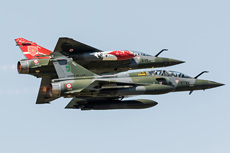
|
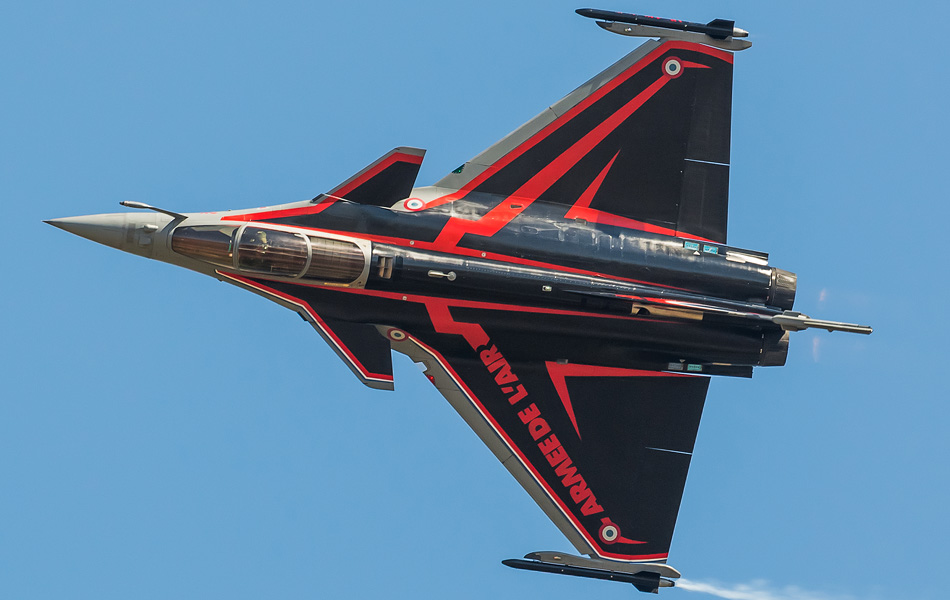
|
126 coastal stations. The other personnel and the additional aircraft came from the RFC. A memorial to the RAF was taken into service after the war in central London. The last known surviving founder of the RAF was the veteran Henry Allingham from the First World War period, who died at the age of 113 in 2009. The end of the First World War caused a huge cutback on the British defense budget. The new independent, and then still temporary, RAF was a discussion point for the British Cabinet for more than nine months. Ultimately, it was decided to keep the RAF as an independent component despite the cutbacks. More than 6,500 officers, all in temporary committees or seconded to the army and navy, were given a permanent function in the RAF. On August 1, 1919, the total workforce of the RAF as a whole organization was reduced to 35,500 employees. The RAF was therefore reduced shortly after the war to a smaller and stable organization which stand on its own feet.
The RAF received the task of controlling and defending the British Kingdom from the air. It was argued that the use of the air force would be a more cost effective way to control large areas than by using conventional land forces. Sir Hugh Trenchard, the chairman of the air staff, had formulated ideas about the use of aircraft in the colonial police administration. These ideas were put into practice for the first time when the RAF and the Imperial Army with ground units defeated the rebellious Somali Dervishes in 1920. The following year, the RAF took responsibility for all British troops in Iraq with the task of controlling and suppressing the tribal unrest. The RAF was also deployed in Afghanistan in 1925, where the organization operated fully independent for the first time in history. This deployment was repeated after the outbreak of a civil war in 1928. During this war, the British delegation and a number of European diplomatic staff were cut off in Kabul. Especially during the interwar years the RAF had to fight for the survival of the organization. Some politicians questioned the need for a separate air force in peacetime. In order to prevent the RAF from being disbanded and returning its tasks to the army and the navy, the RAF devoted considerable energy to the British public during the annual Hendon Airshow. During the 1920s and the first half of the 1930s government spending on the RAF was limited and the air force officials gave more priority to strategic bombing.
The creation of the RAF removed all aircraft and flying personnel from the navy, although the Admiralty had the aircraft carriers under its control. On April 1, 1924, the Fleet Air Arm (FAA) of the Royal Air Force was formed under the supervision of the Air Force Staff. The commander of the RAF, Lord Trenchard and his air force personnel and his successors argued that the "air is one and indivisible" and that the navy aviation was therefore properly under the responsibility of the RAF. The Admiralty took the opposite view and committed itself during the first half of the 1920s to the return of naval aviation. It has been argued that the British defense mechanisms during the interwar years had a serious influence on the doctrinal development of the British naval air force, since the navy had no experienced naval pilots. In 1936, the Admiralty again campaigned to get the naval aviation back under its own control. This time the navy was successful and on July 30, 1937, the Admiralty took over responsibility for managing the Fleet Air Arm. Less than two years later, the Fleet Air Arm was transferred to full control by the Admiralty. The FAA was then renamed as the Air Branch of the Royal Navy. The Air Branch was transferred to the Royal Navy in a strongly deprived state. The units flew with heavily obsolete aircraft and had a lack of aircraft maintenance. In 1936, the RAF finally reorganized itself with the creation of the Fighter Command, the Bomber Command and the Coastal Command. With this organization, the RAF would eventually enter the Second World War.
|
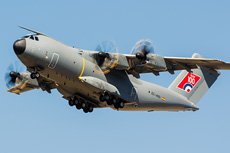
|
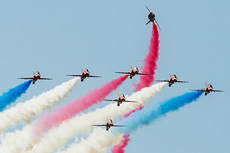
|
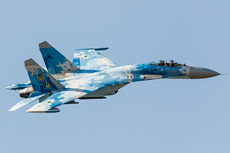
|
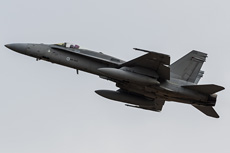
|
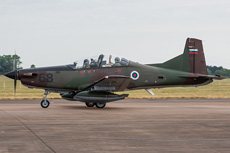
|
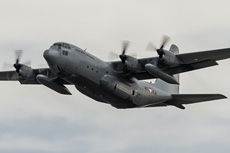
|
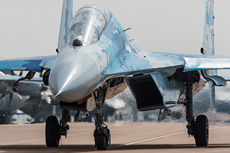
|
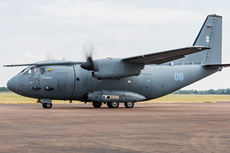
|
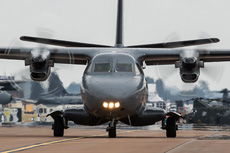
|
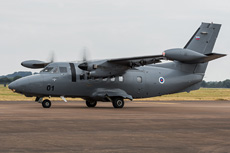
|
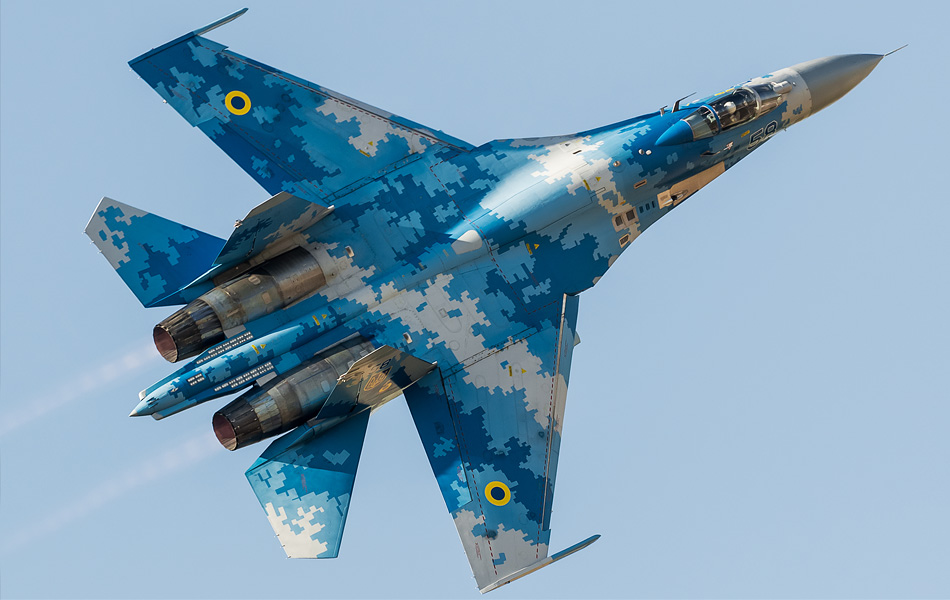
|
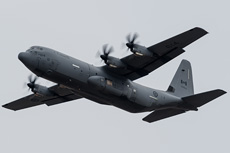
|
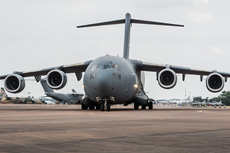
|
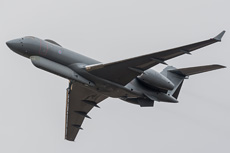
|
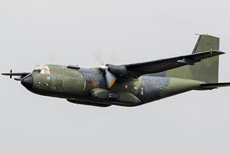
|
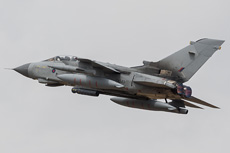
|
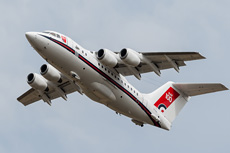
|
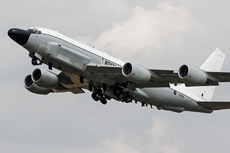
|
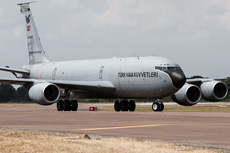
|
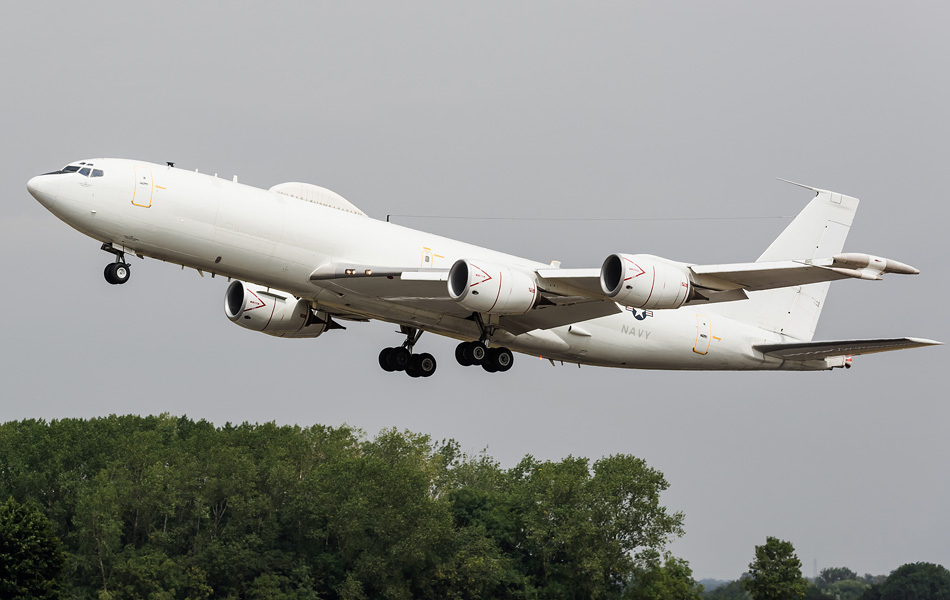
|
|
|

|







